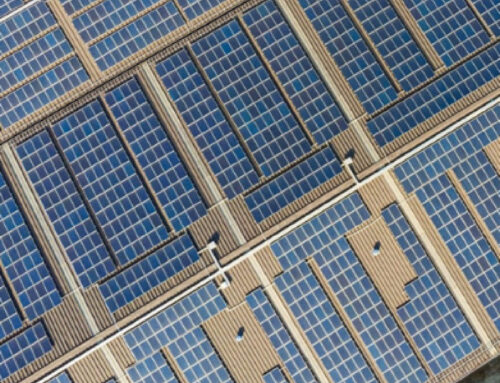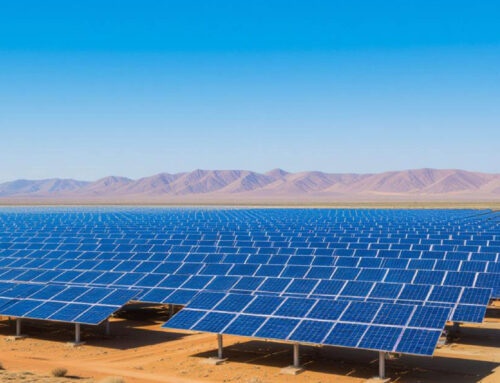
A new study conducted by researchers from Pandit Deendayal Energy University, reveals that hybridization of certain solar and wind plants can potentially lead to a 400% increase in the power output while maintaining the same capacity.
The study aimed to assess if the current clean energy power plants (Solar/wind) can be converted into hybrids (with both wind and solar) or potential sites for future hybrid power plants.
The researchers analysed 8 potential sites that boasted an installed capacity of 2.8 MW and collected data about India’s wind and solar resources from 1979 to 2019, using ECMWF ERA5 software.
Findings show that seven out of eight solar or wind plants can be converted into hybrid solar plant sites.
By mixing these two technologies, yearly power output can cross 10 GWh across India and reach a maximum of 18 GWh in the western region of the country. Based on the case study, peak standalone solar generation in the northern region currently is around 7GWh and peak standalone wind generation in the western region is around 14 GWh.
“The viability of hybridization has been determined by calculating the growth in electricity generation through hybridization,” said a researcher. “Technically, the project may be regarded as viable if the yearly rise in electricity generation is larger than 50% because 50% of the capacity is new to the system.”
For example, three standalone PV plants generate 4.94 GWh, 4.82 GWh, and 4.59 GWh annually. Through hybridization, power generation at the three sites could increase by 67.4%, 62.9%, and 26.0% respectively.
Hence, the site with only a 26% increase would not be considered viable for the hybridization process. It was also noted hybridization was successful in all standalone wind installations.
The research can help project developers decide which sites are best for building hybrid plants and installing new ones based on their potential for hybridization.
Further, the scientists claim the study can be applied across the world.
Click Here for more updates
Resource: PV Magazine








Leave A Comment